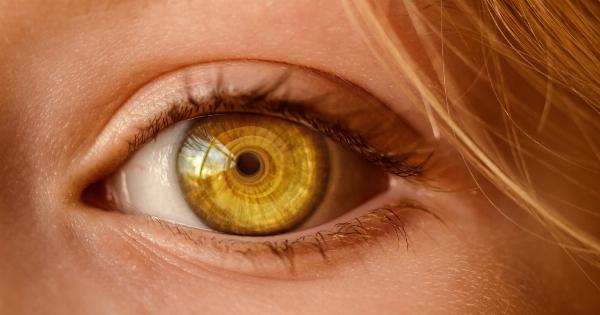Back pain is a common ailment that affects millions of people worldwide. It can be caused by various factors, including poor posture, muscle strain, and spinal abnormalities. However, recent studies have suggested a link between stress and back pain.
While the exact mechanisms behind this connection are still being explored, the evidence points to a complex interplay between psychological and physiological factors. This article aims to delve into the relationship between stress and back pain, and shed light on potential treatment strategies.
The Physiology of Stress
Stress is a natural response of the body to perceived threats or challenges. When faced with a stressful situation, the body releases hormones such as cortisol and adrenaline, which trigger a series of physiological changes.
These changes include increased heart rate, heightened alertness, and muscle tension. In the short term, stress can facilitate a “fight or flight” response, enabling individuals to cope with immediate dangers.
However, chronic stress can have detrimental effects on the body, including exacerbation of existing health conditions, such as back pain.
The Role of Psychological Factors
Psychological factors play a significant role in the development and persistence of back pain. Stress, anxiety, and depressive symptoms can amplify the perception of pain and lower pain thresholds.
This phenomenon is often referred to as central sensitization, where the central nervous system becomes hypersensitive to pain signals. Consequently, individuals experiencing high levels of stress may have a lower pain tolerance and be more susceptible to back pain.
The Influence of Muscle Tension
When stressed, individuals tend to unconsciously tense their muscles, particularly in the neck, shoulders, and back. This muscle tension can lead to the development of trigger points or muscle knots, which are localized areas of high muscle tension.
Trigger points can be a significant source of pain, and when located in the back, they can contribute to the onset of back pain. Moreover, continuous muscle tension can strain the surrounding ligaments and tissues, further aggravating back pain.
Stress and Inflammation
Chronic stress has been linked to systemic inflammation, which can exacerbate pain and contribute to the development of various health conditions, including back pain.
Inflammatory molecules, such as cytokines, are released in response to stress, and when present in excessive levels, they can promote tissue damage and pain. Studies have shown that individuals with higher levels of stress exhibit increased markers of inflammation, suggesting a potential role of inflammation in stress-related back pain.
Stress-Induced Changes in Physical Activity
Stress can significantly impact an individual’s physical activity levels. While some individuals may engage in excessive physical activity as a coping mechanism for stress, others may become more sedentary.
Both extremes can contribute to the development or worsening of back pain. Excessive physical activity can strain the back muscles and lead to injury, while a sedentary lifestyle weakens the core muscles and reduces spinal support, making individuals more susceptible to back pain.
Treatment Approaches
Addressing both the physical and psychological aspects of stress-related back pain is essential for effective treatment. A multidimensional approach may include:.
1. Stress Management Techniques
Learning and implementing stress management techniques, such as deep breathing exercises, meditation, and relaxation techniques, can help reduce stress levels and alleviate back pain.
2. Cognitive-Behavioral Therapy (CBT)
Cognitive-behavioral therapy aims to identify and modify negative thought patterns and behaviors that contribute to stress and pain.
It can help individuals develop healthier coping mechanisms and better manage stress, ultimately reducing the impact on their back pain.
3. Physical Therapy
Physical therapy exercises can help strengthen the core muscles, improve posture, and enhance flexibility. A well-designed exercise program can effectively alleviate back pain and prevent further episodes.
4. Stress-Reduction Activities
Engaging in stress-reduction activities, such as yoga, tai chi, or regular exercise, can have a positive impact on both stress levels and back pain. These activities promote relaxation, enhance body awareness, and release muscle tension.
5. Medications
In some cases, medications may be prescribed to manage both stress and back pain.
Nonsteroidal anti-inflammatory drugs (NSAIDs) can help reduce pain and inflammation, while certain antidepressants can regulate mood and improve sleep, which in turn may alleviate stress-related back pain.
Lifestyle Modifications
Adopting healthy lifestyle habits, such as maintaining a balanced diet, getting adequate sleep, and practicing good posture, can all contribute to managing stress and preventing back pain.
Conclusion
The link between stress and back pain is a complex and multifaceted one. Psychological factors, muscle tension, inflammation, and changes in physical activity levels all contribute to the relationship.
By addressing stress through various techniques and adopting a holistic treatment approach, individuals can effectively manage their stress levels and alleviate back pain. Understanding this link and implementing appropriate interventions can significantly improve the quality of life for those affected by stress-related back pain.




























